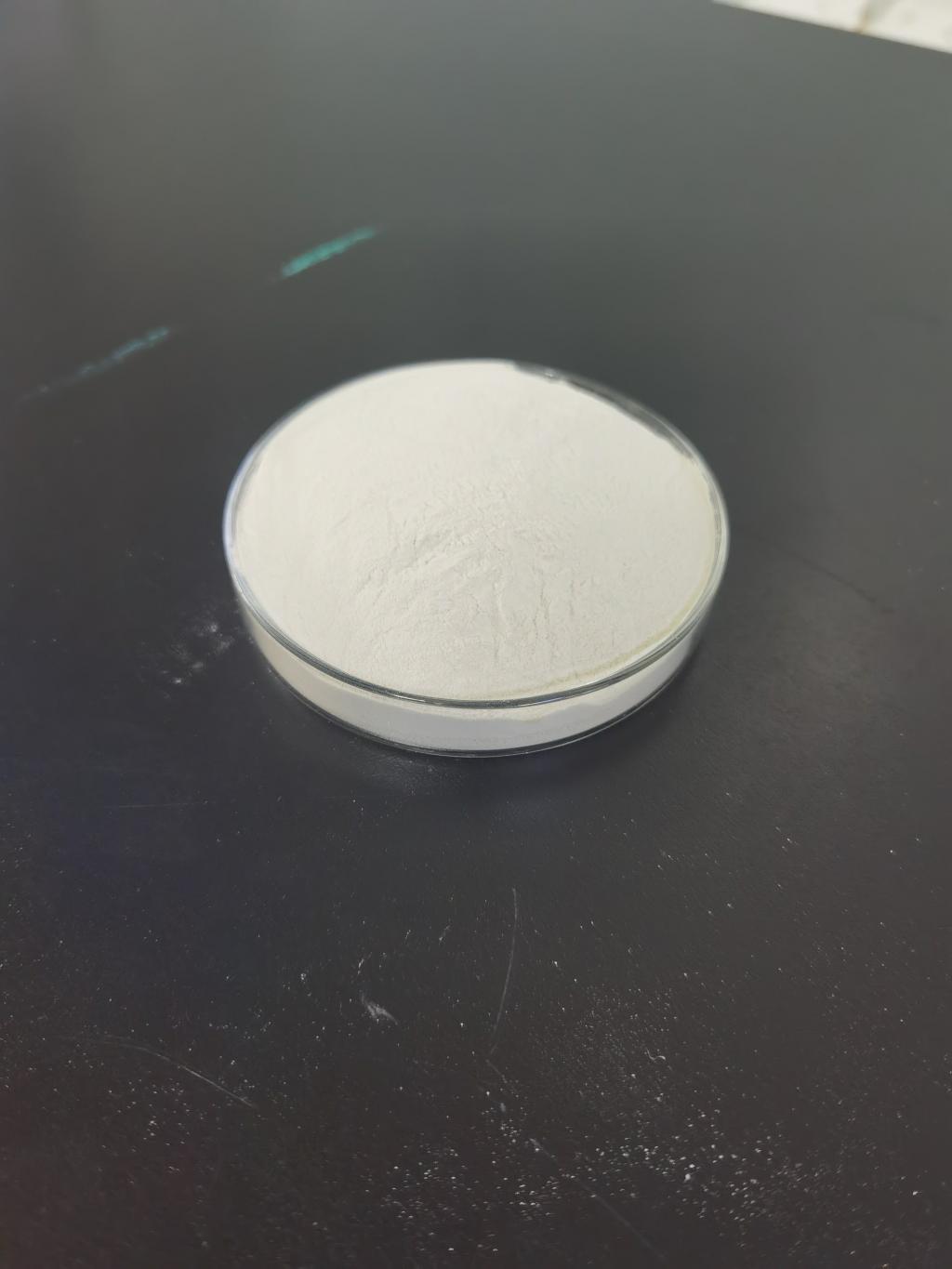Tel:0086 18231198596

News
Nisin: An Emerging Tool in Food Packaging.
TIME:2023-08-31
Nisin: A Natural Antimicrobial Agent
Nisin is a peptide produced by the bacterium Lactococcus lactis. It is well-known for its ability to inhibit the growth of various Gram-positive bacteria, including those responsible for spoilage and foodborne illnesses. Nisin's mechanism of action involves disrupting bacterial cell membranes, leading to cell death. This makes it an attractive candidate for preserving the freshness of food products by preventing or slowing down microbial growth.
Challenges in Food Packaging
Food packaging serves multiple functions, including protection from external contaminants, preservation of product quality, and extension of shelf life. However, packaging materials can sometimes become a breeding ground for microbes, especially if the packaging isn't airtight or lacks antimicrobial properties. Microbial contamination can lead to spoilage, off-flavors, and even foodborne illnesses, resulting in economic losses and health risks.
Applications of Nisin in Food Packaging
1. Active Packaging:
Active packaging involves incorporating additives or agents into the packaging material itself to actively interact with the food product. Nisin-infused packaging can release the antimicrobial peptide over time, creating a barrier against bacterial growth on the food surface. This is particularly beneficial for products with high moisture content or those prone to microbial spoilage.
2. Extended Shelf Life:
By inhibiting the growth of spoilage and pathogenic bacteria, nisin can extend the shelf life of packaged foods. This is particularly valuable for perishable items like meats, dairy products, and ready-to-eat meals, where maintaining freshness is essential.
3. Reduced Dependence on Chemical Preservatives:
The incorporation of nisin into packaging materials can reduce the need for chemical preservatives that are often used to prevent microbial growth. This aligns with the growing consumer demand for clean-label and natural products.
Benefits of Nisin in Food Packaging
1. Improved Food Safety:
Nisin's antimicrobial properties can significantly reduce the risk of microbial contamination during storage and transportation. This contributes to safer food products reaching consumers' tables.
2. Preservation of Quality:
By preventing microbial growth, nisin helps preserve the sensory attributes, appearance, and nutritional content of food products, ensuring a better eating experience for consumers.
3. Sustainable Approach:
Nisin's natural origin and its potential to reduce the need for chemical preservatives align with sustainability goals in the food industry. This approach addresses both food safety concerns and environmental considerations.
Challenges and Considerations
1. Optimal Dosage:
Determining the appropriate concentration of nisin in packaging materials is crucial. Too little may not provide effective antimicrobial action, while too much could negatively affect the food's taste, appearance, or safety.
2. Interaction with Packaging Materials:
Nisin's interaction with different types of packaging materials, including plastics, coatings, and films, needs thorough investigation. Compatibility issues could affect its release rate and efficacy.
3. Regulatory Approval:
The use of nisin in food packaging materials requires regulatory approval in various countries. Safety evaluations and establishing acceptable usage levels are critical steps in its adoption.
4. Consumer Acceptance:
Consumer perception of food products packaged with nisin-infused materials is essential. Clear communication about the safety and benefits of this approach can influence consumer acceptance.
Future Outlook
The integration of nisin into food packaging materials represents a promising avenue in the quest for safer, longer-lasting food products. Research and development efforts continue to fine-tune the technology, address challenges, and ensure its commercial viability. As consumer preferences shift towards natural and sustainable solutions, nisin's role in food packaging is likely to grow, contributing to a safer and more environmentally friendly food supply chain.
Conclusion
Nisin's emergence as a tool in food packaging holds significant potential to revolutionize the way we preserve and protect food products. Its antimicrobial properties, natural origin, and compatibility with sustainability goals make it a valuable asset in the fight against microbial contamination and spoilage. By extending shelf life, enhancing food safety, and reducing reliance on chemical additives, nisin-infused packaging not only benefits consumers but also aligns with the broader objective of fostering a healthier and more sustainable food industry.

 CONTACT
CONTACT




